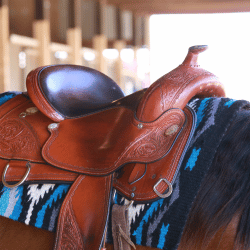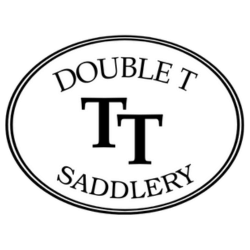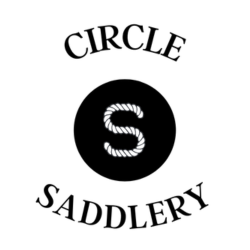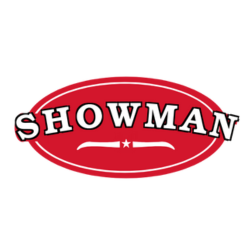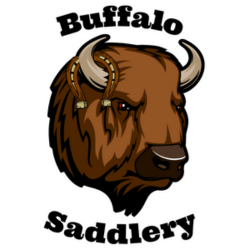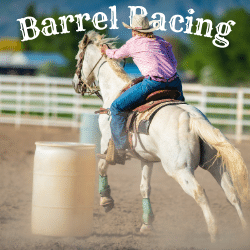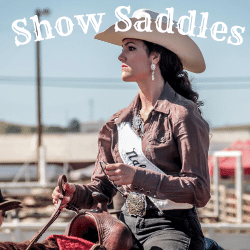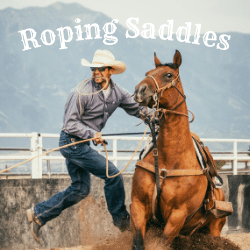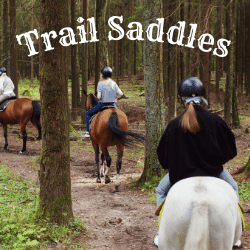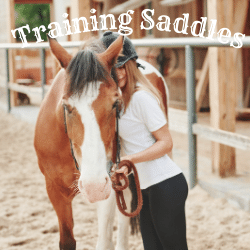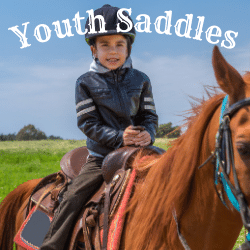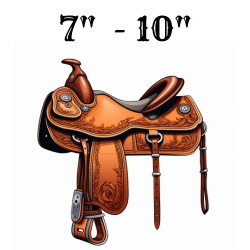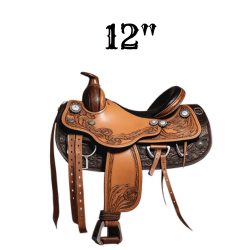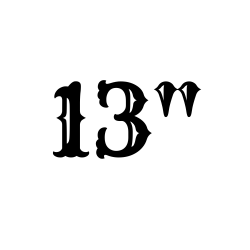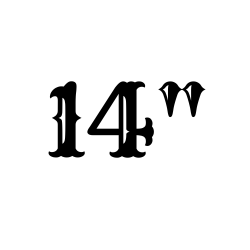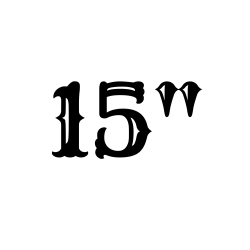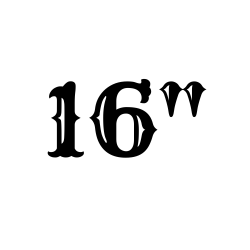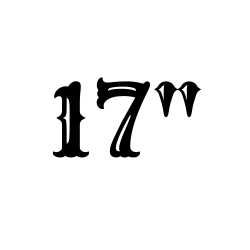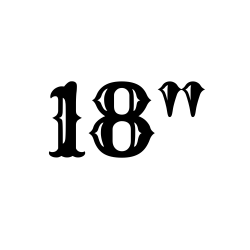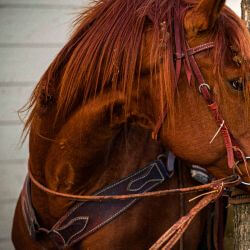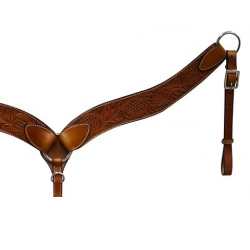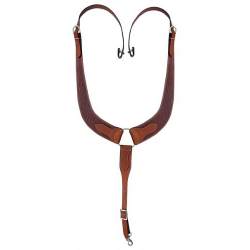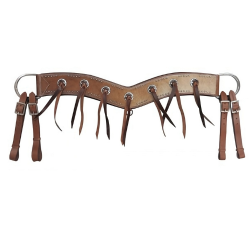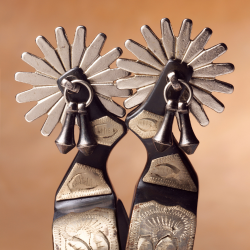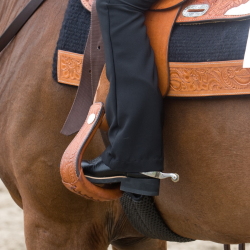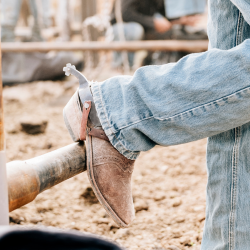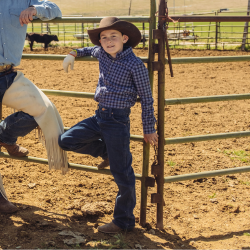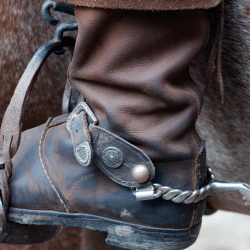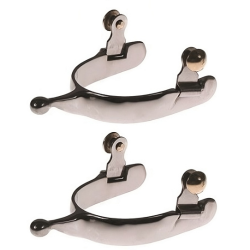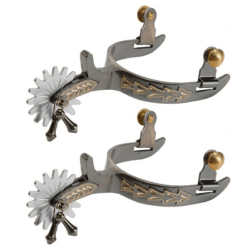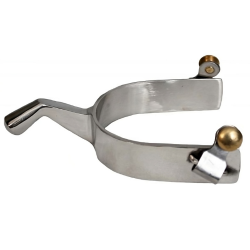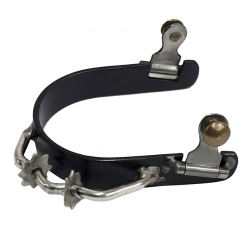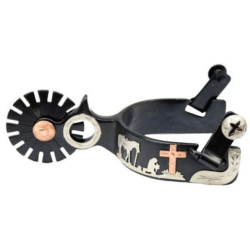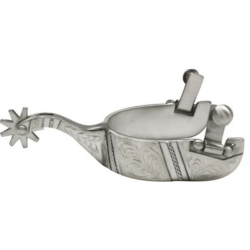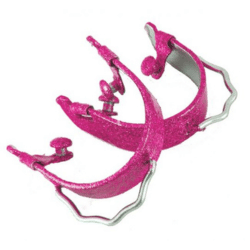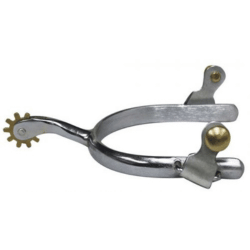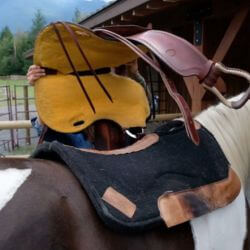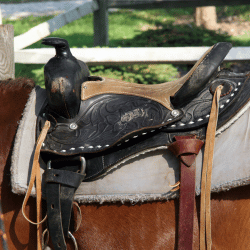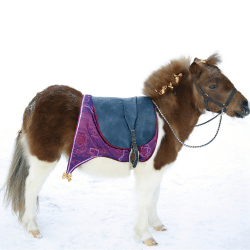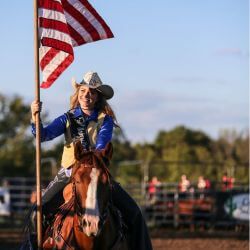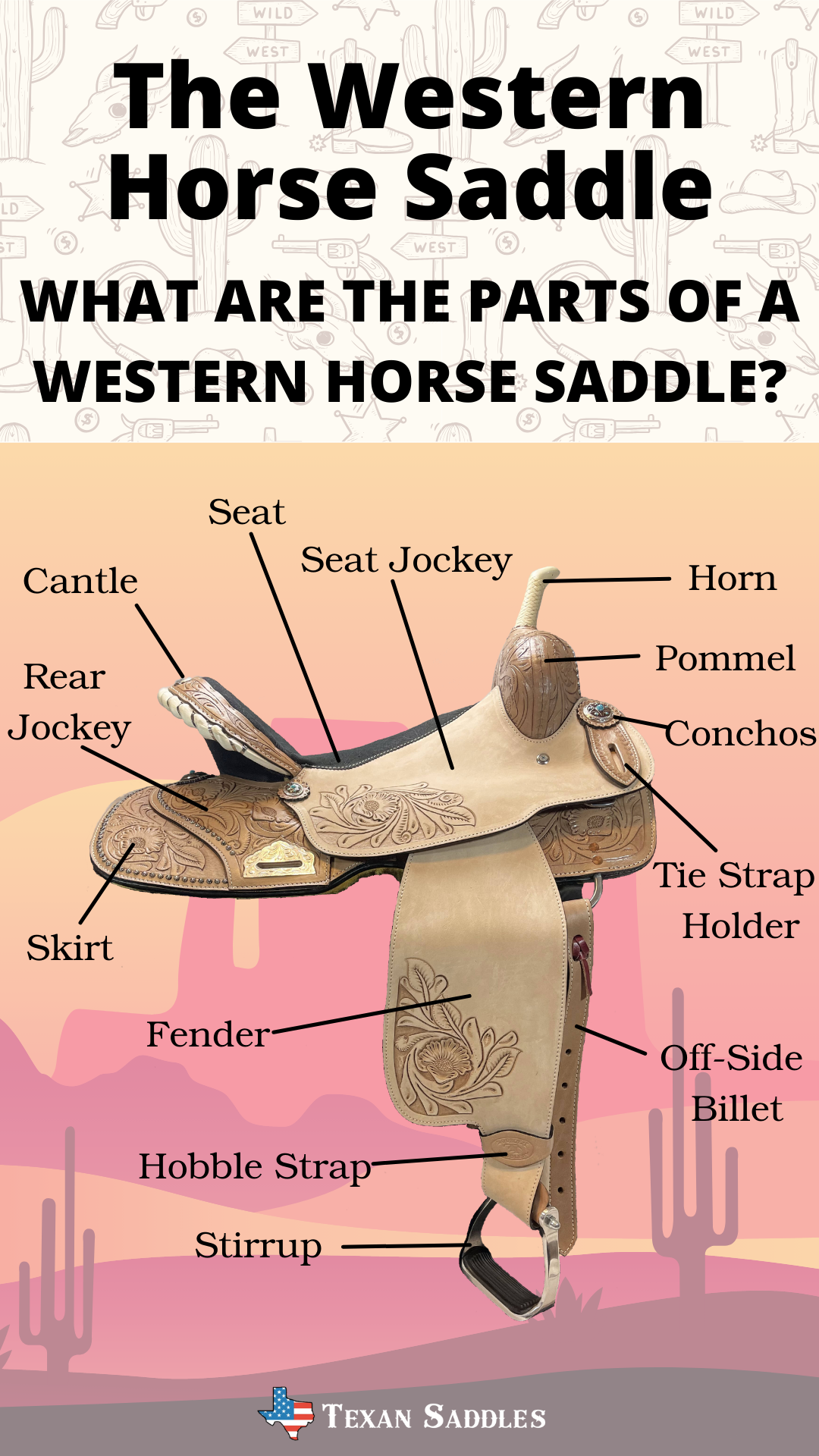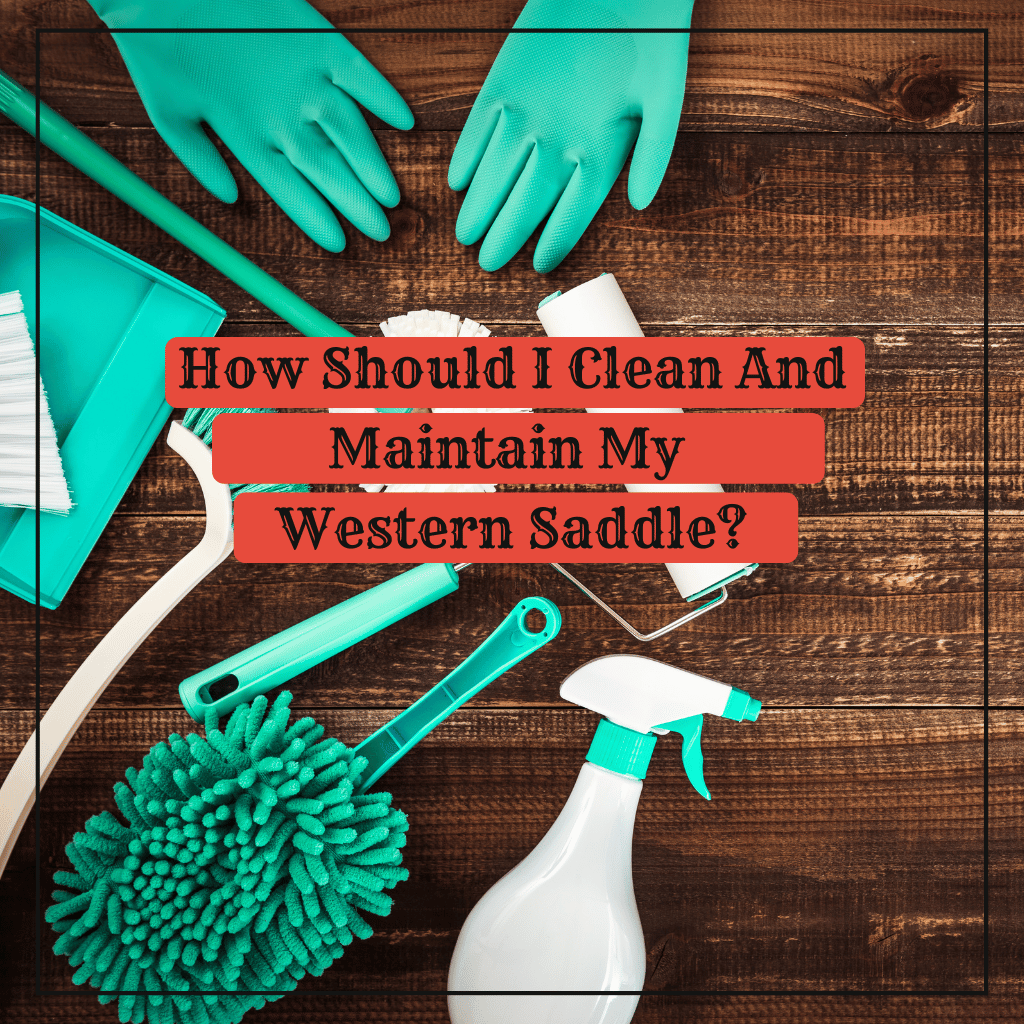Whether you're a seasoned equestrian or a novice rider, understanding the components of a Western horse saddle is essential for ensuring both your comfort and your horse’s well-being. Western saddles are meticulously designed to provide stability, support, and functionality for various riding activities. In this guide, we’ll break down the parts of a Western horse saddle, highlighting key components to help you make informed decisions and enhance your riding experience.
1. Seat
The seat is where the rider sits and plays a crucial role in providing comfort and stability. In Western saddles, the seat is typically deep and wide, allowing for a secure posture during long rides and various maneuvers. A well-padded seat distributes the rider’s weight evenly, reducing pressure on the horse’s back.
2. Cantle
Located at the rear of the saddle, the cantle provides additional support and helps prevent the rider from sliding backward. It also adds to the saddle’s overall balance and contributes to the rider’s comfort, especially during long hours in the saddle.
3. Rear Jockey
The rear jockey is the leather piece at the back of the saddle that helps secure the saddle to the horse. It often features decorative stitching or tooling and plays a vital role in maintaining the saddle’s position, ensuring it doesn’t shift during movement.
4. Skirt
The skirt refers to the flap of leather that extends from the saddle’s tree. It helps protect the horse’s flank from the rider’s legs and adds to the saddle’s aesthetic appeal. The skirt can vary in length and decoration, depending on the saddle’s style.
5. Fender
The fender is the part of the saddle that covers the horse’s sides. It provides protection against rubbing and chafing, ensuring the horse’s comfort during rides. The fender also adds a classic Western look to the saddle.
6. Hobble Strap
The hobble strap is a leather strap that secures the saddle’s fender to the horse’s side. It helps keep the saddle in place and prevents excessive movement, enhancing both rider stability and horse comfort.
7. Stirrup
The stirrups are essential for rider support and balance. Western saddles typically feature large, sturdy stirrups that provide a secure foothold, allowing riders to maintain their position and execute precise movements.
8. Seat Jockey
The seat jockey is a small leather strap located near the front of the saddle’s seat. It helps stabilize the saddle and prevents it from shifting forward, ensuring a consistent fit and enhancing rider comfort.
9. Horn
Perhaps the most iconic feature of a Western saddle, the horn serves multiple purposes. Primarily, it is used for roping cattle, providing a secure grip for the rider. The horn also adds to the saddle’s distinctive Western appearance.
10. Pommel
The pommel is the front part of the saddle’s tree, connecting the horn to the rest of the saddle. It plays a role in the saddle’s overall structure and balance, ensuring the horn remains securely attached. The pommel is located directly above the gullet of the horse saddle.
11. Conchos
Conchos are decorative metal ornaments that adorn various parts of the saddle, such as the cantle, fenders, and horn. They add a touch of Western flair and can be customized to reflect personal style.
12. Tie Strap Holder
The tie strap holder is a feature that allows riders to attach additional straps or accessories. It provides versatility, enabling the customization of the saddle to suit specific riding needs or personal preferences.
13. Off-Side Billet
The off-side billet is a horizontal strap located on the side of the saddle, opposite the horse’s neck. It serves as an anchor point for various attachments, such as reins or other gear, enhancing the saddle’s functionality.
Frequently Asked Questions (FAQs) About the Parts of a Western Horse Saddle
Enhance your understanding of Western horse saddles with our comprehensive FAQ section. Whether you're a beginner or an experienced rider, these answers will help you navigate the essential components of a Western saddle and make informed decisions for your riding needs.
What are the main parts of a Western horse saddle?
A Western horse saddle consists of several key parts, each serving a specific purpose to ensure comfort and functionality for both rider and horse. The main parts include:
- Seat: Where the rider sits, designed for comfort and stability.
- Cantle: The back portion providing support to prevent sliding backward.
- Rear Jockey: Secures the saddle to the horse with decorative stitching.
- Skirt: Protects the horse’s flank and adds aesthetic appeal.
- Fender: Covers the horse’s sides to prevent rubbing.
- Hobble Strap: Secures the fender to the horse, maintaining saddle position.
- Stirrups: Provide footholds for the rider’s stability.
- Seat Jockey: Stabilizes the saddle by preventing forward movement.
- Horn: Used for roping cattle and adds to the saddle’s iconic look.
- Pommel: Connects the horn to the saddle’s structure.
- Conchos: Decorative metal ornaments enhancing the saddle’s design.
- Tie Strap Holder: Allows attachment of additional straps or accessories.
- Off-Side Billet: Anchor point for reins and other gear.
What is the purpose of the horn on a Western saddle?
The horn is one of the most recognizable features of a Western saddle. Its primary purposes include:
- Roping Cattle: Provides a secure grip for the rider during cattle work.
- Balance and Control: Assists in maintaining rider stability.
- Aesthetic Appeal: Enhances the traditional Western look of the saddle.
What is the function of the cantle in a Western saddle?
The cantle is the rear part of the saddle that extends upward, providing several benefits:
- Support: Helps prevent the rider from sliding backward.
- Balance: Contributes to the saddle’s overall stability.
- Comfort: Offers additional support during long rides.
How do I choose the right size Western saddle for my horse?
Selecting the correct saddle size is crucial for the horse’s comfort and performance. Consider the following factors:
- Horse’s Build: Ensure the saddle fits the horse’s back without causing pressure points.
- Saddle Tree: Choose a tree that matches your horse’s frame for proper weight distribution.
- Rider’s Size: The saddle should accommodate the rider’s weight and provide a comfortable seat.
- Purpose: Different activities (e.g., trail riding, roping) may require specific saddle features.
What are conchos, and do they serve a functional purpose?
Conchos are decorative metal ornaments found on various parts of a Western saddle, such as the cantle, fenders, and horn. While primarily aesthetic, they can also:
- Add Style: Enhance the saddle’s visual appeal with intricate designs.
- Customization: Reflect personal taste and rider’s style.
- Durability: Some conchos may reinforce saddle components where they are attached.
Can I customize my Western saddle with additional accessories?
Absolutely! Western saddles are designed for customization to suit individual preferences and riding needs. Using the tie strap holder and off-side billet, you can:
- Attach Reins: Secure and organize your reins for easy access.
- Add Decorative Elements: Enhance the saddle’s appearance with personalized conchos or embroidery.
- Incorporate Functional Gear: Attach tools or accessories needed for specific activities, such as roping or trail riding.
What maintenance is required for the different parts of a Western saddle?
Proper maintenance ensures the longevity and performance of your Western saddle. Key maintenance tips include:
- Cleaning: Regularly wipe down leather parts like the seat, cantle, and fenders to remove dirt and sweat.
- Conditioning: Apply leather conditioner to prevent drying and cracking.
- Inspection: Frequently check straps, buckles, and stitching for signs of wear or damage.
- Storage: Store the saddle in a cool, dry place to avoid moisture damage and preserve materials.
What is the difference between the seat jockey and the rear jockey on a Western saddle?
-
Seat Jockey: A small leather strap located near the front of the saddle’s seat. It helps stabilize the saddle and prevents it from shifting forward, ensuring a consistent fit and enhancing rider comfort.
-
Rear Jockey: Positioned at the back of the saddle, it secures the saddle to the horse with decorative stitching or tooling. It plays a vital role in maintaining the saddle’s position during movement.
Why is the stirrup important in a Western saddle, and how should they be adjusted?
Stirrups are essential for rider support and balance. Their importance includes:
- Stability: Provide footholds that help maintain the rider’s position.
- Control: Allow riders to apply precise movements and signals.
- Comfort: Properly adjusted stirrups reduce strain on the rider’s legs and back.
Adjustment Tips:
- Length: Ensure stirrups are the correct length to allow a slight bend in the rider’s knees while maintaining a balanced position.
- Height: Adjust the stirrup height so that the rider’s heels can rest comfortably without hanging too low or being too high.
- Security: Check that stirrups are securely attached and free from damage to prevent accidents.
What role does the fender play in a Western saddle?
The fender is the part of the saddle that extends to cover the horse’s sides. Its roles include:
- Protection: Prevents the rider’s legs from rubbing against the horse’s flank, reducing irritation and chafing.
- Aesthetic Appeal: Adds to the saddle’s classic Western look with various styles and decorations.
- Balance: Contributes to the overall distribution of the rider’s weight, enhancing stability.
How do I properly care for the leather parts of my Western saddle?
Maintaining the leather components of your Western saddle involves:
- Regular Cleaning: Remove dirt and debris with a soft brush or damp cloth after each use.
- Conditioning: Apply a high-quality leather conditioner every few weeks to keep the leather supple and prevent drying.
- Protection: Use waterproofing sprays to protect against moisture and stains, especially during trail rides.
- Storage: Keep the saddle in a well-ventilated area, away from direct sunlight and extreme temperatures.
- Routine Inspections: Check for cracks, wear, or damage and address issues promptly to avoid further deterioration.
What is the purpose of the off-side billet on a Western saddle?
The off-side billet is a horizontal strap located on the side of the saddle opposite the horse’s neck. Its main purposes include:
- Attachment Point: Serves as an anchor for reins, leathers, and other gear, keeping them organized and within reach.
- Stability: Helps distribute the rider’s weight evenly, enhancing overall saddle balance.
- Versatility: Allows for the customization of the saddle with additional accessories as needed for specific riding activities.

